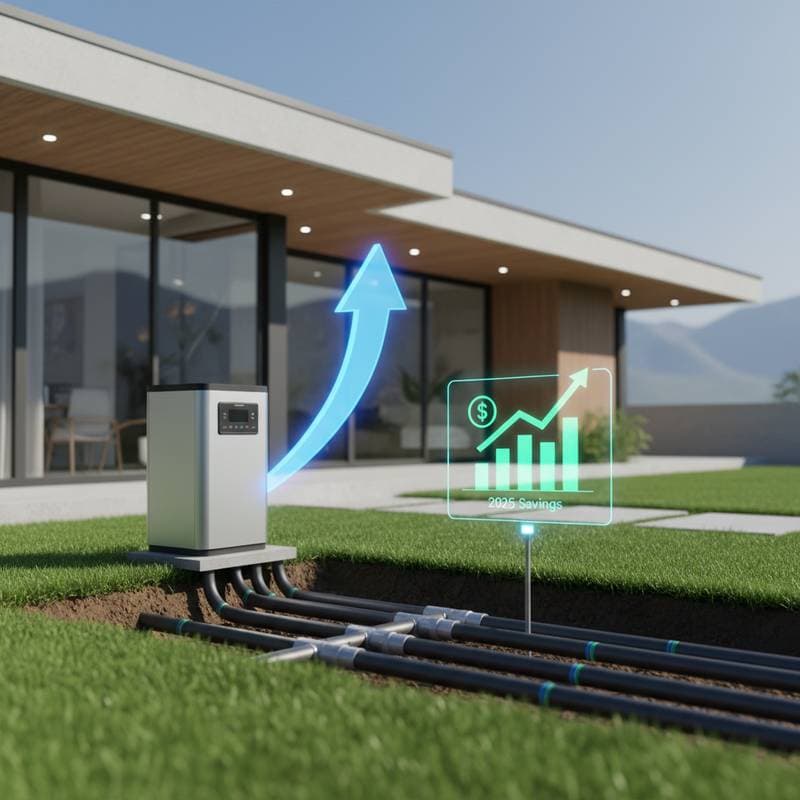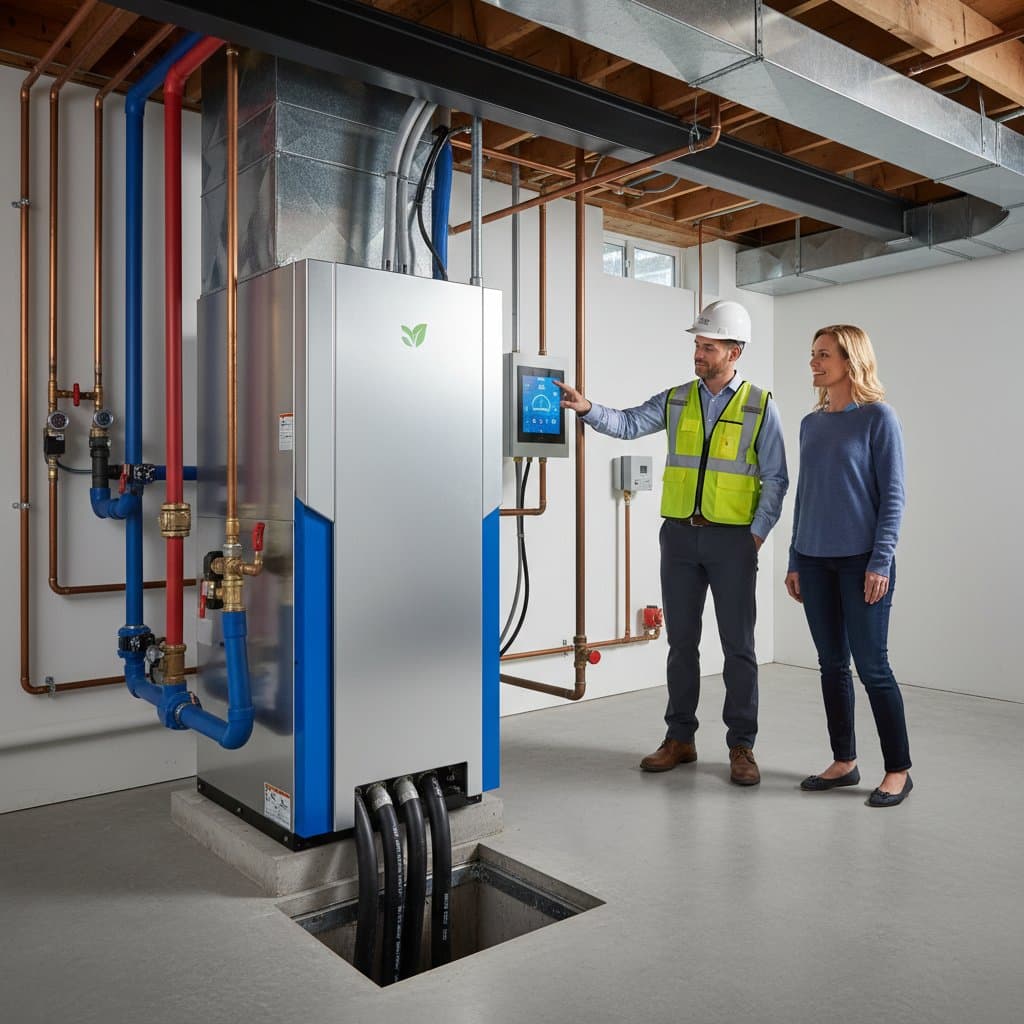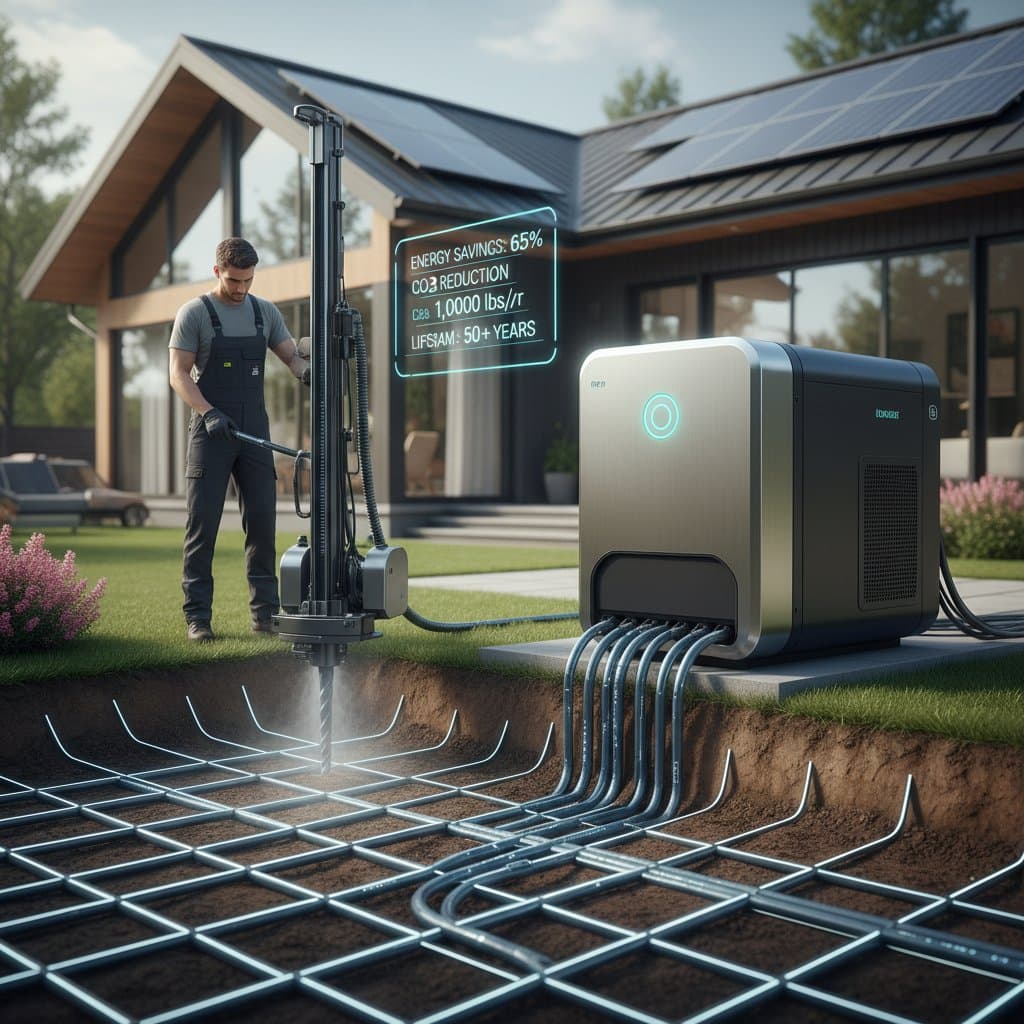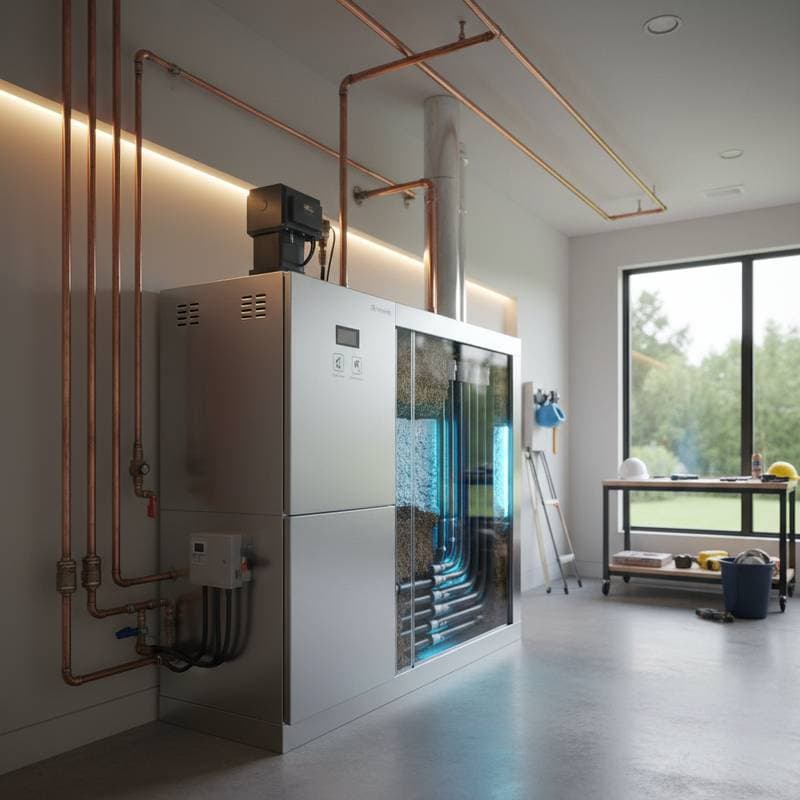Micro Wind Turbines: A 2kW Solution for Urban Energy Needs
Picture a steady breeze on your city rooftop turning into electricity for your home. Micro wind turbines, tailored for urban settings, now deliver between 0.5 and 2 kilowatts of power, sufficient for lighting, small appliances, and part of your heating or cooling demands. With rising energy costs, these compact systems provide a sustainable, location-specific option for homeowners in crowded neighborhoods. This guide dives into their benefits, recent advancements, and practical steps to bring clean energy to your doorstep.
Why Micro Wind Turbines Suit Urban Environments
Designed to tackle the challenges of city landscapes, micro wind turbines are compact and efficient. Their rotor diameters, ranging from 1 to 3 meters, allow installation on rooftops, balconies, or small ground mounts, while operating at noise levels of 40 decibels or below, comparable to a soft hum. Unlike large-scale offshore turbines, these units are built to harness turbulent, low-speed winds typical of urban areas. Pilot programs from 2023 to 2024 in cities such as New York, London, Tokyo, and Berlin prove their effectiveness, even on architecturally sensitive structures, without sacrificing safety or visual appeal.
Proven Urban Case Studies
- New York, USA: The NYC Micro Wind Initiative backs 0.8 kW units with a 30 percent tax credit and simplified permitting processes.
- London, UK: The Urban Turbine Pilot promotes 1.2 kW units, offering a feed-in tariff of 0.12 pounds per kilowatt-hour for five years.
- Tokyo, Japan: The Smart City Wind Hub supports 1 kW units through low-interest municipal loans.
- Berlin, Germany: The Green Roof Turbine Scheme funds 0.6 kW units with grants covering 40 percent of installation costs.
Innovations Shaping Micro Turbine Technology
Recent advancements are making micro wind turbines more efficient and user-friendly. Blade designs crafted from 3D-printed composites improve lift-to-drag ratios by about 15 percent in low-speed winds, while self-cleaning nano-coatings prevent performance drops due to dirt accumulation. Smart control systems adapt rotor speeds using real-time wind data, integrating with home energy setups to optimize battery storage or grid export. Homeowners can monitor output, kilowatt-hours generated, and carbon reductions through intuitive mobile dashboards.
Hybrid Solutions and Policy Boosts
Manufacturers are combining turbines with thin-film solar panels on unified frames, cutting power fluctuations and meeting up to 70 percent of a small household's yearly energy needs under optimal conditions. On the policy side, municipal green bonds exceeding 200 million dollars support residential incentives, while revised net metering regulations in various U.S. states credit turbine-generated power. Updated building codes now address vibration and mounting requirements for high-rise installations, facilitating wider adoption.
Actionable Steps for Urban Homeowners
Start by evaluating your location's wind potential with precision. Use tools like the Global Wind Atlas to gauge average speeds at a height of 10 meters, then set up a temporary anemometer for 2 to 4 weeks to measure local turbulence and wind patterns. Identify wind corridors, such as streets aligned with dominant breezes, or position turbines above obstacles for smoother airflow. A minimum average wind speed of 4 meters per second is necessary for a 1 kW turbine to be financially viable in regions with average electricity prices.
Choosing the Best Turbine Model
- Cut-in Speed: Select units that activate at 3 meters per second or lower to capture light urban winds.
- Noise Level: Verify the turbine operates at 40 decibels or quieter to avoid disturbing neighbors.
- Grid Integration: Look for models with maximum power point tracking inverters for efficient energy conversion.
- Warranty Protection: Prioritize options with a minimum 10-year guarantee to cover potential wear.
Brands such as UrbanWind, QuietBlade, and EcoSpin provide certified models ideal for mid-rise and high-rise settings. Always assess roof strength and wind variability before finalizing your choice.
Installation and Ongoing Care
Integrate your turbine with a 5 to 10 kilowatt-hour lithium-ion battery to store surplus energy for off-peak hours. Pair it with smart thermostats or energy management systems to direct power to critical loads, minimizing grid dependency. Perform quarterly visual inspections, arrange annual professional maintenance for bearings and wiring, and use turbine apps for real-time diagnostics. Regular upkeep is cost-effective compared to major repairs or replacements.
Securing Permits and Financial Benefits
- Investigate local zoning laws and identify micro turbine overlays that ease approval processes.
- Obtain pre-approval for interconnection and net metering from your utility provider before setup.
- Explore federal tax credits, such as a 30 percent incentive available in select regions through 2025.
Future Outlook for Urban Wind Power
By 2025, advancements in mass production and 3D printing are projected to reduce costs to between 1200 and 1800 dollars per kilowatt. Communities might embrace shared micro-grids, combining rooftop turbine outputs to balance supply and lower individual costs. Global standards will simplify international trade, while AI-enhanced wind forecasting will fine-tune turbine performance with precise, real-time adjustments.
Take the First Step Toward Energy Freedom
Begin your journey to micro wind energy with a simple site assessment and a month-long monitoring of local wind conditions. Consult a structural engineer for rooftop installations and partner with a trusted installer to access available incentives. A strategically placed 1 kW system often achieves a payback period of 6 to 10 years, positioning this as a wise investment for sustainable, independent living.








